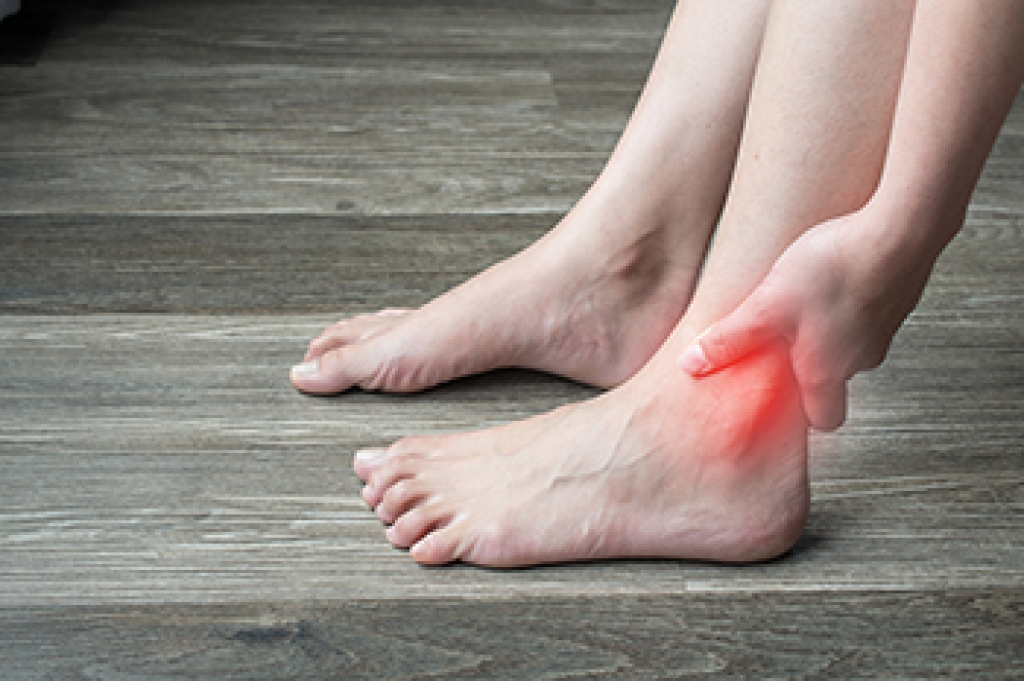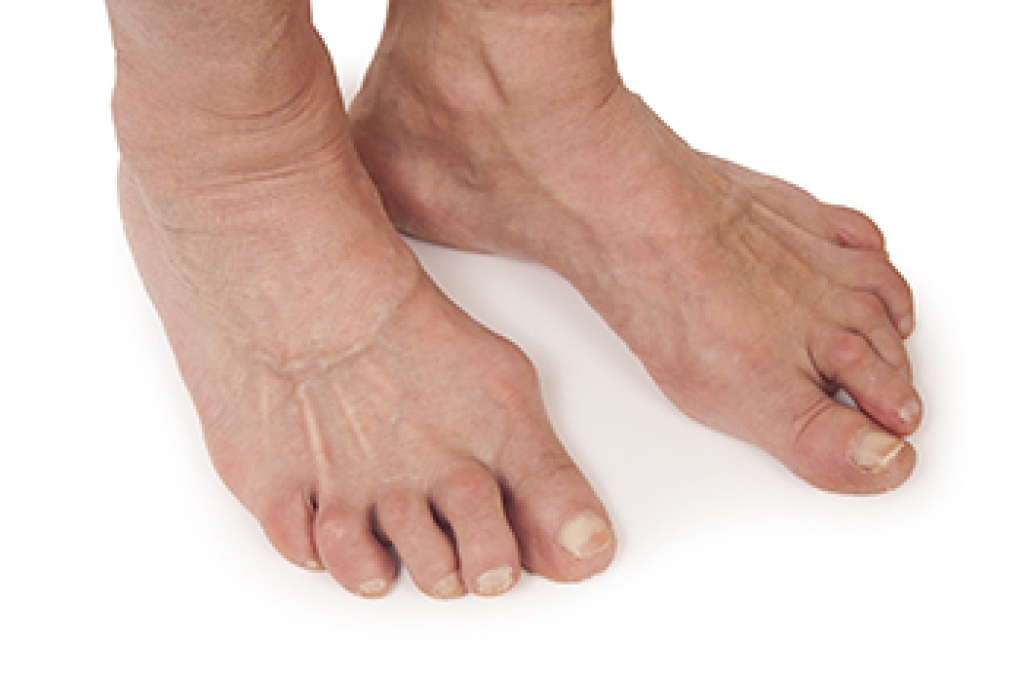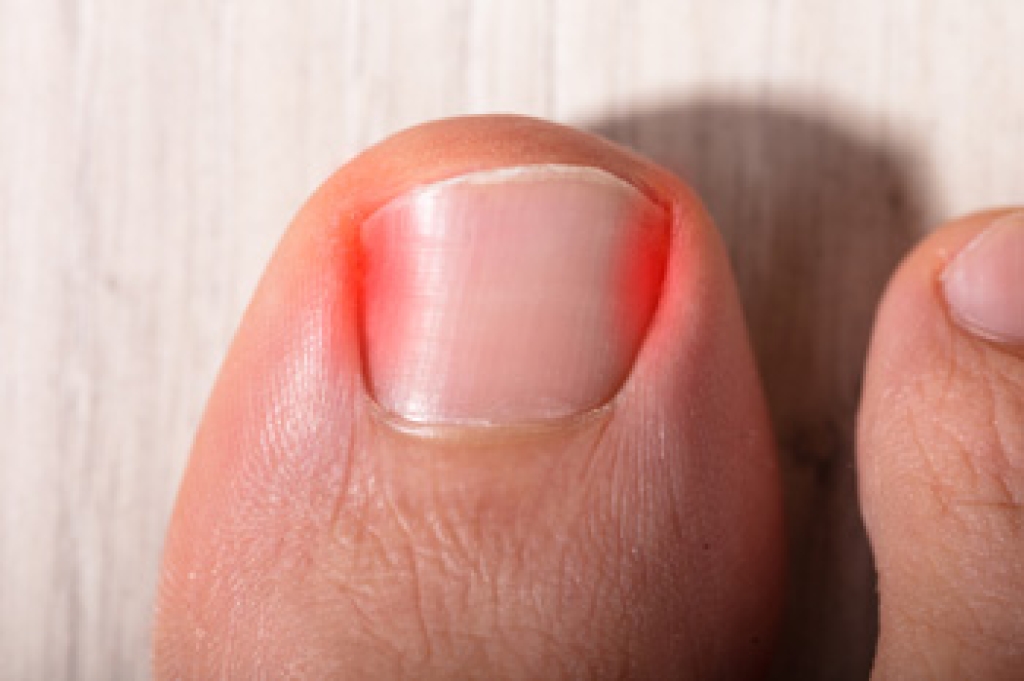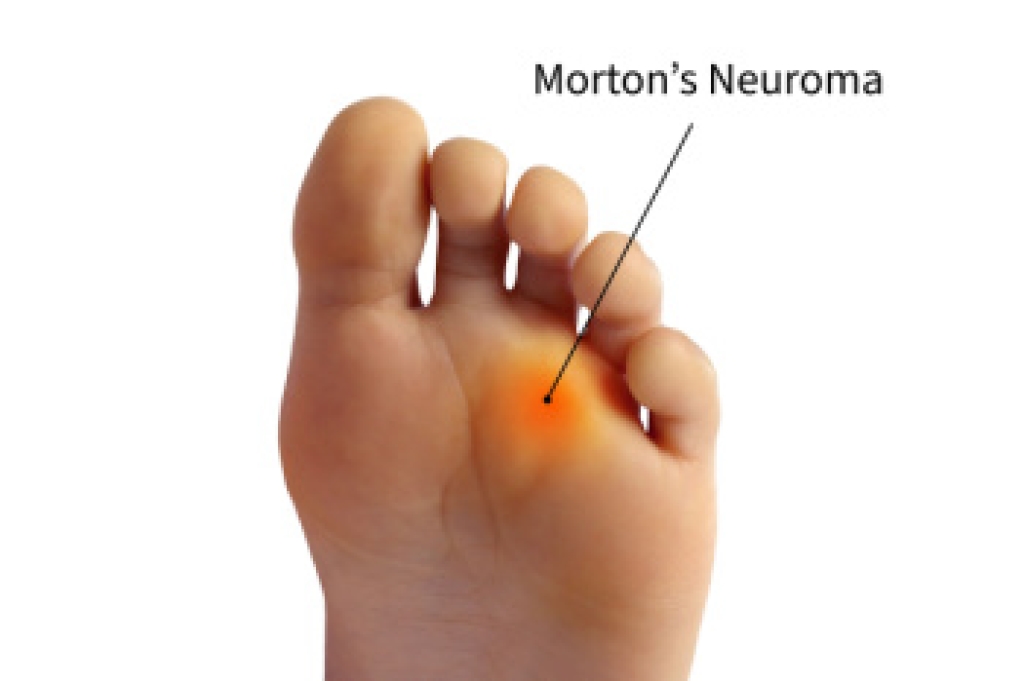
Sinus tarsi syndrome is a painful condition affecting the lateral, or outer side of the foot, specifically in the sinus tarsi, a small cavity located between the talus and calcaneus bones. This syndrome often develops after an ankle sprain or from repetitive strain, leading to inflammation and instability in the area. People with flat feet or those engaged in activities involving quick turns and uneven surfaces, like runners and dancers, are more prone to sinus tarsi syndrome. Symptoms typically include tenderness, a feeling of instability, and a dull, persistent pain on the outer foot, which can worsen with activity or while walking on uneven ground. Diagnosis involves a physical examination, often followed by imaging, such as MRI scans to confirm. Treatment options include rest, anti-inflammatory medications, and supportive orthotics. In more severe cases, steroid injections or surgery may be recommended for lasting relief. If you have pain on the outer part of your foot, it is suggested that you schedule an appointment with a podiatrist for a proper diagnosis and treatment.
Ankle pain can be caused by a number of problems and may be potentially serious. If you have ankle pain, consult with one of out podiatrists from Alta Ridge Foot Specialist. Our doctors will assess your condition and provide you with quality foot and ankle treatment.
Ankle pain is any condition that causes pain in the ankle. Due to the fact that the ankle consists of tendons, muscles, bones, and ligaments, ankle pain can come from a number of different conditions.
Causes
The most common causes of ankle pain include:
- Types of arthritis (rheumatoid, osteoarthritis, and gout)
- Ankle sprains
- Broken ankles
- Achilles tendonitis
- Achilles tendon rupture
- Stress fractures
- Bursitis
- Tarsal tunnel syndrome
- Plantar fasciitis
Symptoms
Symptoms of ankle injury vary based upon the condition. Pain may include general pain and discomfort, swelling, aching, redness, bruising, burning or stabbing sensations, and/or loss of sensation.
Diagnosis
Due to the wide variety of potential causes of ankle pain, podiatrists will utilize a number of different methods to properly diagnose ankle pain. This can include asking for personal and family medical histories and of any recent injuries. Further diagnosis may include sensation tests, a physical examination, and potentially x-rays or other imaging tests.
Treatment
Just as the range of causes varies widely, so do treatments. Some more common treatments are rest, ice packs, keeping pressure off the foot, orthotics and braces, medication for inflammation and pain, and surgery.
If you have any questions please feel free to contact our offices located in Mars Hill, Spruce Pine, and Boone, NC . We offer the newest diagnostic tools and technology to treat your foot and ankle needs.




